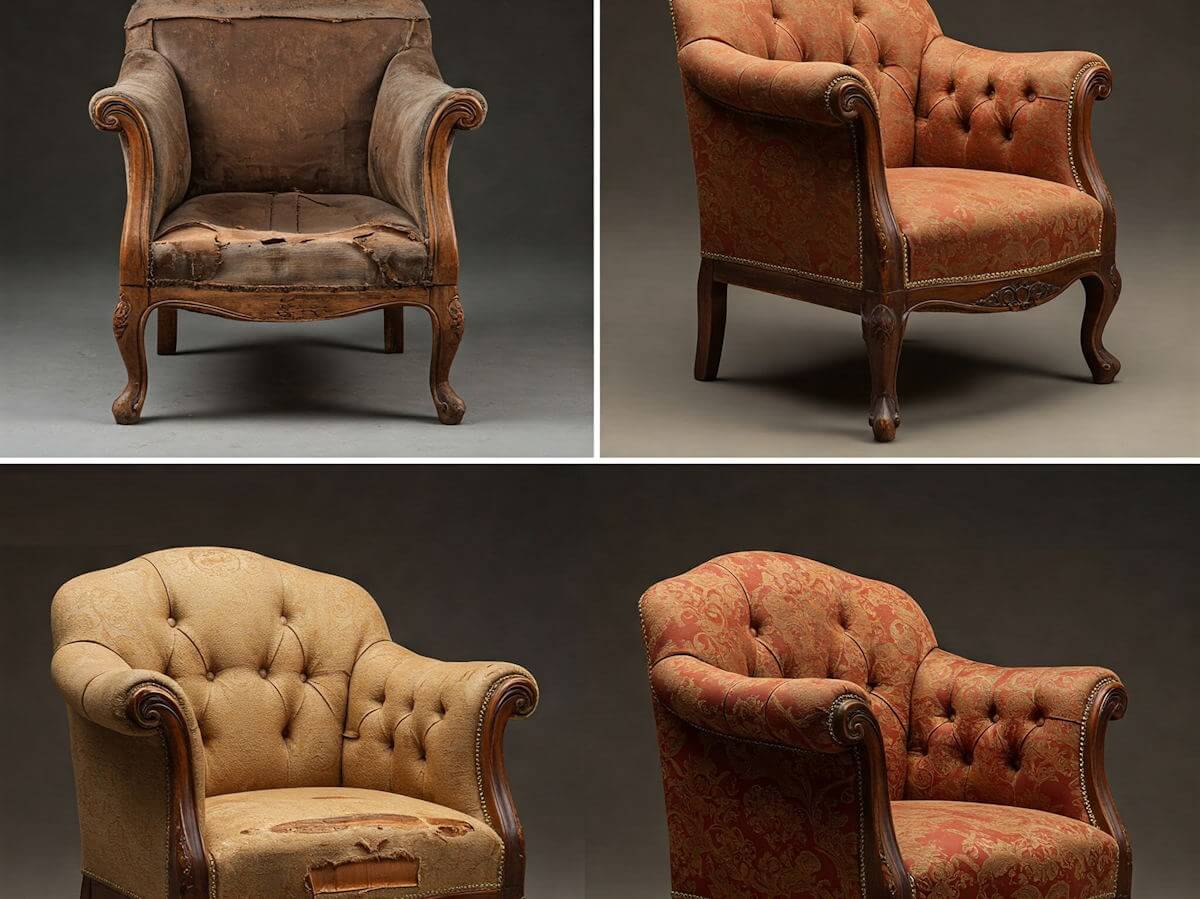
How to Budget Your First Year in the Furniture Restoration Business
Understanding Your Startup Costs Starting a furniture restoration business requires a clear understanding of the initial costs involved. These startup costs can vary significantly based on the scale of the business and the specific services offered. It is essential to create a comprehensive budget that captures all necessary expenditures to avoid financial strain in the initial stages. One of the primary expenses is the acquisition of tools and equipment, which is critical for restoring furniture effectively. Basic tools may include sanders, paintbrushes, and various hand tools. Depending on the type of restoration projects you plan to undertake, you might also need specialized equipment such as upholstery tools or spray guns. Investing in quality tools might require a larger initial investment, but it pays off in terms of efficiency and the…




